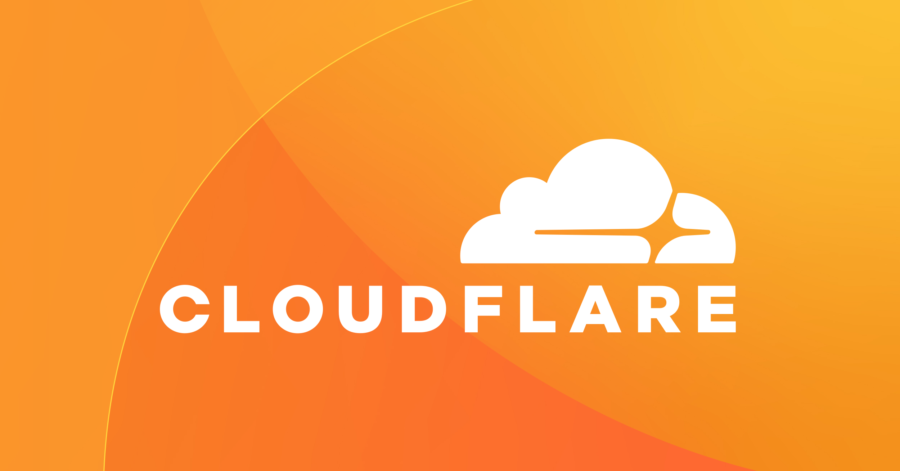lipflip – Cloudflare experienced a widespread outage on November 18 that disrupted numerous websites globally. Initially, the company suspected a Distributed Denial of Service (DDoS) attack. Which led to confusion and an inaccurate assessment of the issue. However, after further investigation, CEO Matthew Prince admitted the company had misidentified the root cause. In a blog post, he revealed that the real issue was not due to malicious activity but rather a mistake related to changes in Cloudflare’s database systems. The company quickly rectified the problem after realizing the mistake.
Read More : Twitch Added to Australia’s Teen Social Media Ban List
The incident marked one of Cloudflare’s most significant outages in recent years. According to Prince, this type of disruption. Which caused core traffic to cease flowing through Cloudflare’s network, had not occurred since 2019. As one of the world’s leading content delivery networks. Cloudflare’s outage affected a vast number of websites and services that rely on its infrastructure.
Cloudflare’s Bot Management System Under Scrutiny
The incident occurred in Cloudflare’s Bot Management system. Which plays a key role in filtering and blocking bot traffic on its network. The system uses machine learning models to assign “bot scores” to incoming requests, determining whether a request is automated or human. Websites that rely on Cloudflare use these scores to block unwanted bots. Such as those from AI companies scraping content for training large language models (LLMs).
In a significant development earlier this year, Cloudflare launched a “pay per crawl” experiment. Which allowed website owners to monetize the crawling of their pages by AI bots. This move aimed to ensure that content creators are compensated when their data is used to train artificial intelligence models. The bot scoring system, which uses a dynamic feature configuration file. Helps maintain the integrity of web traffic by distinguishing between legitimate user activity and automated bot requests.
The Faulty Database Permission Change
This file, called the “feature configuration file,” plays a vital role in detecting bots. It is refreshed every few minutes to provide the machine learning model with the latest data for making predictions. However, a change in the mechanism generating the file led to an increase in its size. Which triggered the malfunction in the system.
This malfunction resulted in Cloudflare’s core proxy system returning HTTP 5xx error codes. These errors disrupted traffic processing for customers who depended on the bot management system, causing their websites to go offline. The issue persisted until Cloudflare identified and fixed the root cause, restoring normal service. The company’s prompt response helped mitigate the impact, but the incident still raised concerns among clients about the reliability of the service.
Cloudflare CEO Apologizes and Assures Clients of Fix
In his blog post, Matthew Prince expressed regret over the incident, offering an apology to affected customers. He acknowledged the severity of the outage, particularly given the large-scale disruption it caused to core internet traffic. Prince emphasized that Cloudflare’s team worked swiftly to resolve the issue once they identified the problem, and he assured clients that the company was taking steps to prevent similar incidents in the future.
Despite the frustration caused by the outage, Cloudflare’s swift response and transparency in acknowledging the mistake were seen as a positive aspect of the company’s handling of the situation. While the outage raised concerns about the resilience of Cloudflare’s network, the company’s leadership maintained confidence that such disruptions would be less likely in the future.
Read More : Alldocube iWork GT Ultra Teased as New Surface Pro 10 Rival
What’s Next for Cloudflare: Preventing Future Outages
Following the November 18 outage, Cloudflare’s leadership is focused on improving the robustness of its network and ensuring that similar issues do not arise again. The company has already begun reviewing its internal systems and making adjustments to prevent future errors, particularly those related to database permissions and file handling.
As Cloudflare continues to grow and expand its services, it will need to address these vulnerabilities to maintain the trust of its customers. The incident has underscored the importance of meticulous testing and monitoring when it comes to updating critical systems. While Cloudflare remains a dominant force in the CDN space, this outage serves as a reminder that even the most trusted networks can encounter unexpected issues.
